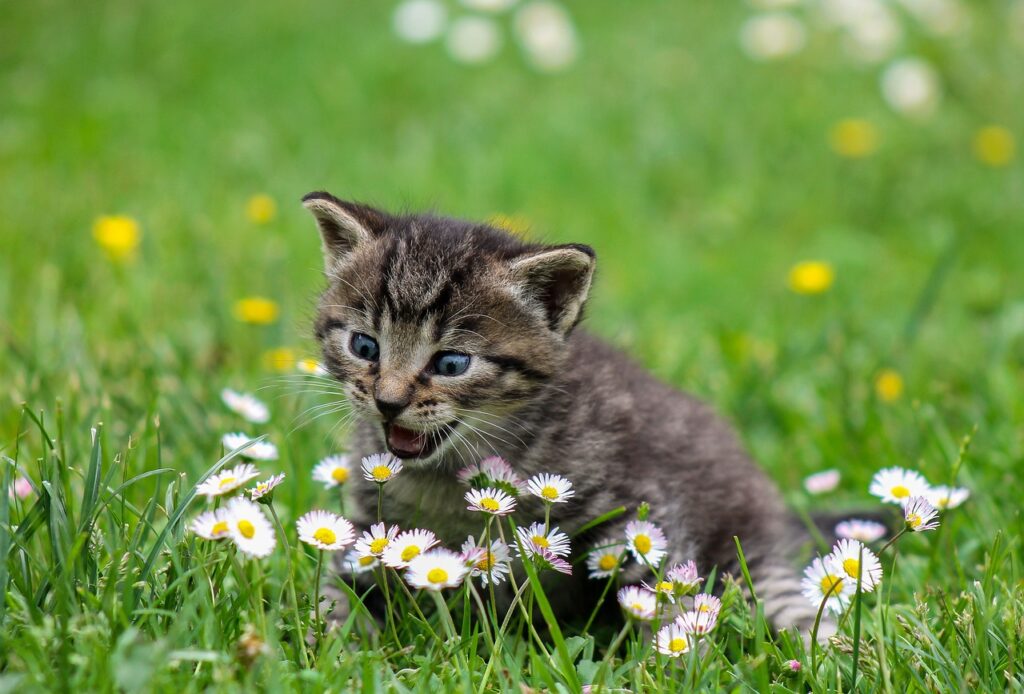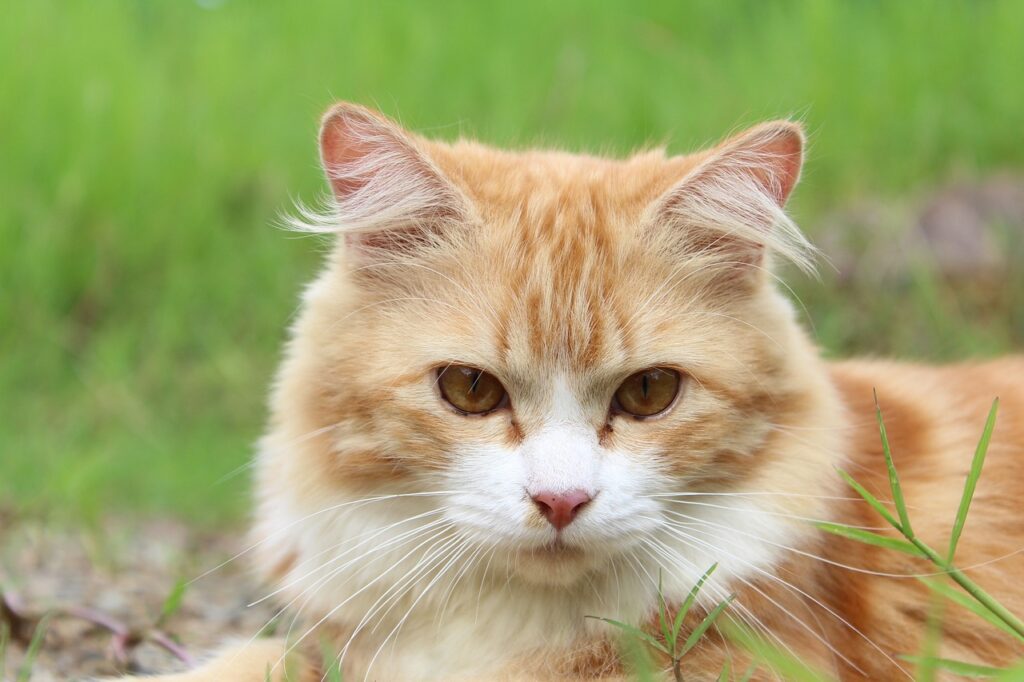Can Cats Eat Apples? – Yes, With Caution
Cats are naturally carnivorous, which means their primary diet consists of meats. But can cats eat apples? The answer is yes, cats can eat apples, but with certain precautions. Apples can be a tasty treat for your furry friend if given in moderation. However, the apple seeds, stems, and leaves should be avoided because they contain cyanide, which is toxic for cats. The apple itself needs to be properly washed and cut into small, manageable pieces to prevent choking and make digestion easier for your cat.
Can Kittens Eat Apples?
When it comes to kittens, the rule is with caution as well. Kittens have developing digestive systems and are more sensitive than adult cats. Small nibbles of apple flesh without the skin might be okay, but it’s generally advised to avoid giving apples to kittens, as their stomachs might not handle the new food well, and there’s a risk of choking.
Things to consider when feeding apples to kittens?
As adorable as they are, kittens are still figuring out the world, including their diet. When considering giving apple to a kitten, think about their small size and delicate digestive systems. It’s important that the apple is free of seeds and cut into tiny pieces. Just like humans, kittens might have individual taste preferences and allergies, so introduce any new food slowly and in very small quantities, monitoring them for any adverse reactions.
Nutritional Benefits of Apples for Cats – Why Apples are Good for Cats
Vitamin C
Apples are rich in Vitamin C, which can help support the immune system of your cat. Although cats produce Vitamin C naturally, a little boost, particularly for senior cats, can be beneficial.
Dietary Fiber
The flesh of apples is a source of dietary fiber, which can help with your cat’s digestion. A small amount can contribute to better bowel movements and aid in preventing constipation and hairballs.
Hydration
Apples contain a significant amount of water, which can help keep your cat hydrated, especially if they are not keen on drinking water from their bowl.
Low in Protein and Fat
For cats that need to maintain a certain weight, apples can be a good treat option as they are low in protein and fat.
Antioxidants
Apples also contain antioxidants, which play a role in maintaining overall cell health and can help combat the effects of aging.
Potential Allergies: Can Cats Be Allergic to Apples?
Yes, just like humans, cats can be allergic to apples. While it’s not incredibly common, it’s something to be mindful of when you’re introducing any new food to your cat’s diet.
Symptoms of Apple Allergies in Cats
- Gastrointestinal upset: Keep an eye on signs like vomiting or diarrhea, which might suggest a bad reaction to apples.
- Respiratory issues: Difficulty breathing or coughing could be an allergic response.
- Itching or swelling: If your cat seems itchy or develops hives or swelling, particularly around the face, they might be allergic.
What to Do If Your Cat Shows Symptoms?
- Consult a vet: If you observe any symptoms of an allergy, consult with your veterinarian for the best course of action.
- Elimination diet: The vet might recommend an elimination diet to identify the allergen accurately.
- Immediate care: For severe reactions, your cat might require immediate veterinary attention.
Recommended Amount: How Much Apples Can a Cat Consume?
A couple of small bites of apple flesh is a safe amount for a cat to consume. It’s important to remember that apples should be given as an occasional treat, not a staple in your cat’s diet. Frequency should be limited to once a week or less, and always under supervision.
Things to Consider When Feeding Apples to Cats
Cats are obligate carnivores and their primary source of nutrition should always be a well-balanced, meat-based diet. Ensure that any treat, including apples, doesn’t take up more than 10% of their daily calorie intake. Always remove the core and seeds, and peel the apple to prevent any toxic or choking risks.
How to Feed Apples to Cats: A Quick Guide
Apples can indeed be a delightful treat for your furry companion. Their sweet taste and crunchy texture can offer a pleasant change from ordinary cat treats. Here’s how to safely incorporate apples into your cat’s snack time.
Simple Sliced Apple
To start, wash the apple thoroughly, peel it to remove any pesticide residue, and slice it into small, bite-sized pieces, ensuring all seeds and the core are removed.
Apple Puree Treat
Steam a small slice of apple until soft, puree it until smooth, and let it cool. You can mix this puree with your cat’s regular food for a sweet surprise.
Frozen Apple Bits
During warmer months, freeze tiny apple bits and offer them to your cat as a refreshing treat. Make sure they are small enough to prevent choking.
Conclusion
Apples, when offered safely and sparingly, can be a healthy treat for cats. Always remember the treat guidelines, avoid the toxic parts of the apple, and monitor your pet to ensure they’re enjoying this fruity snack without any adverse effects.



